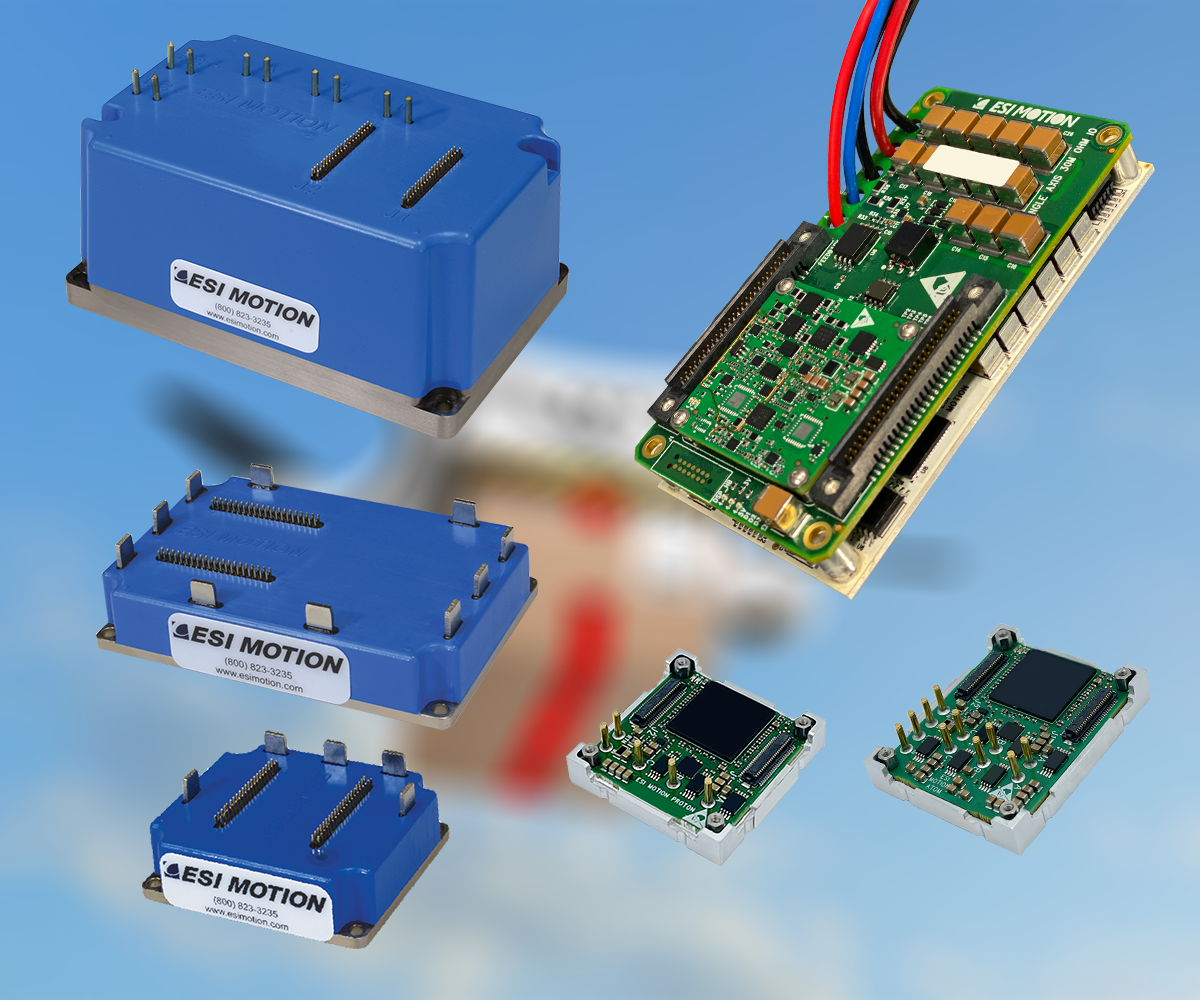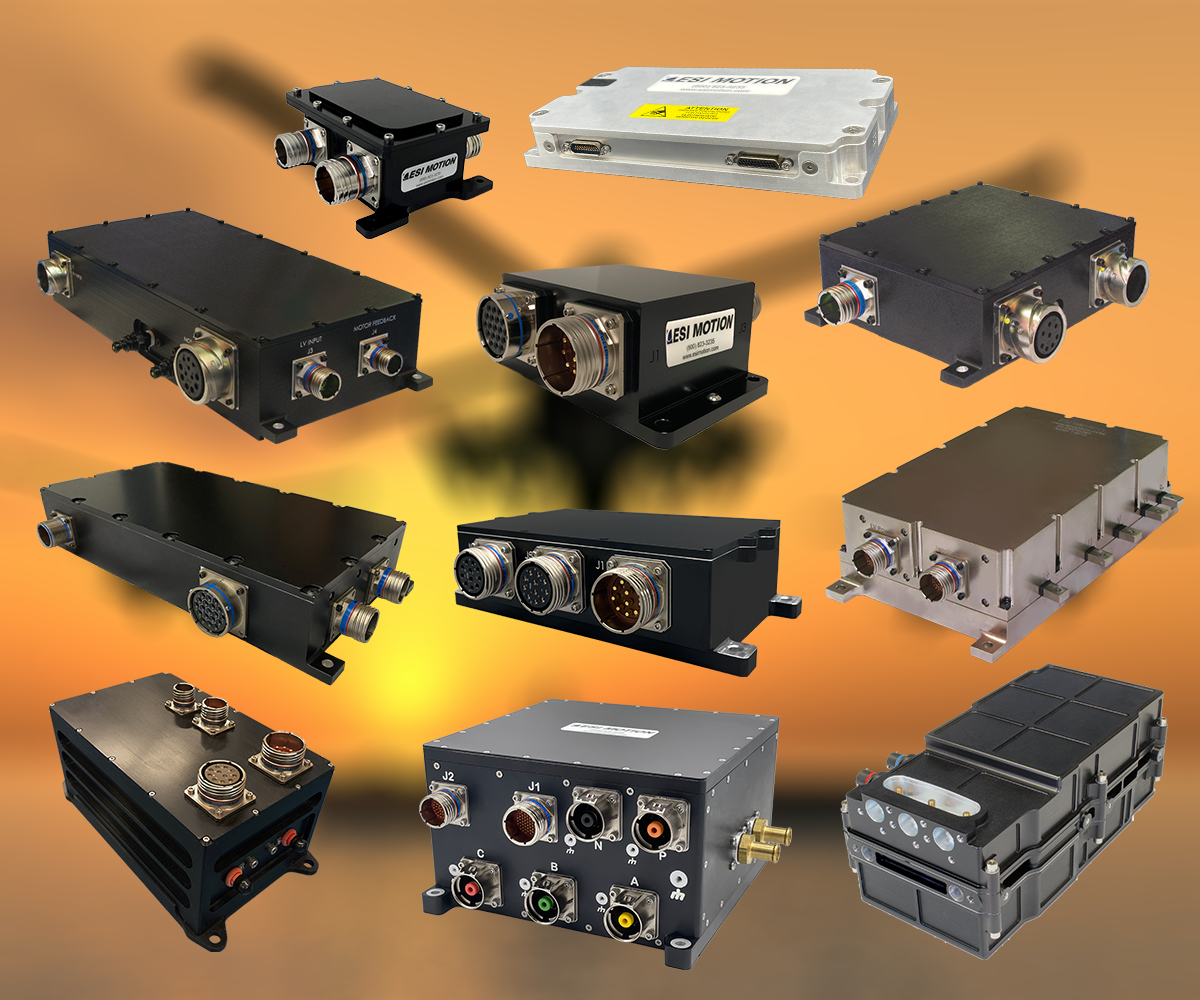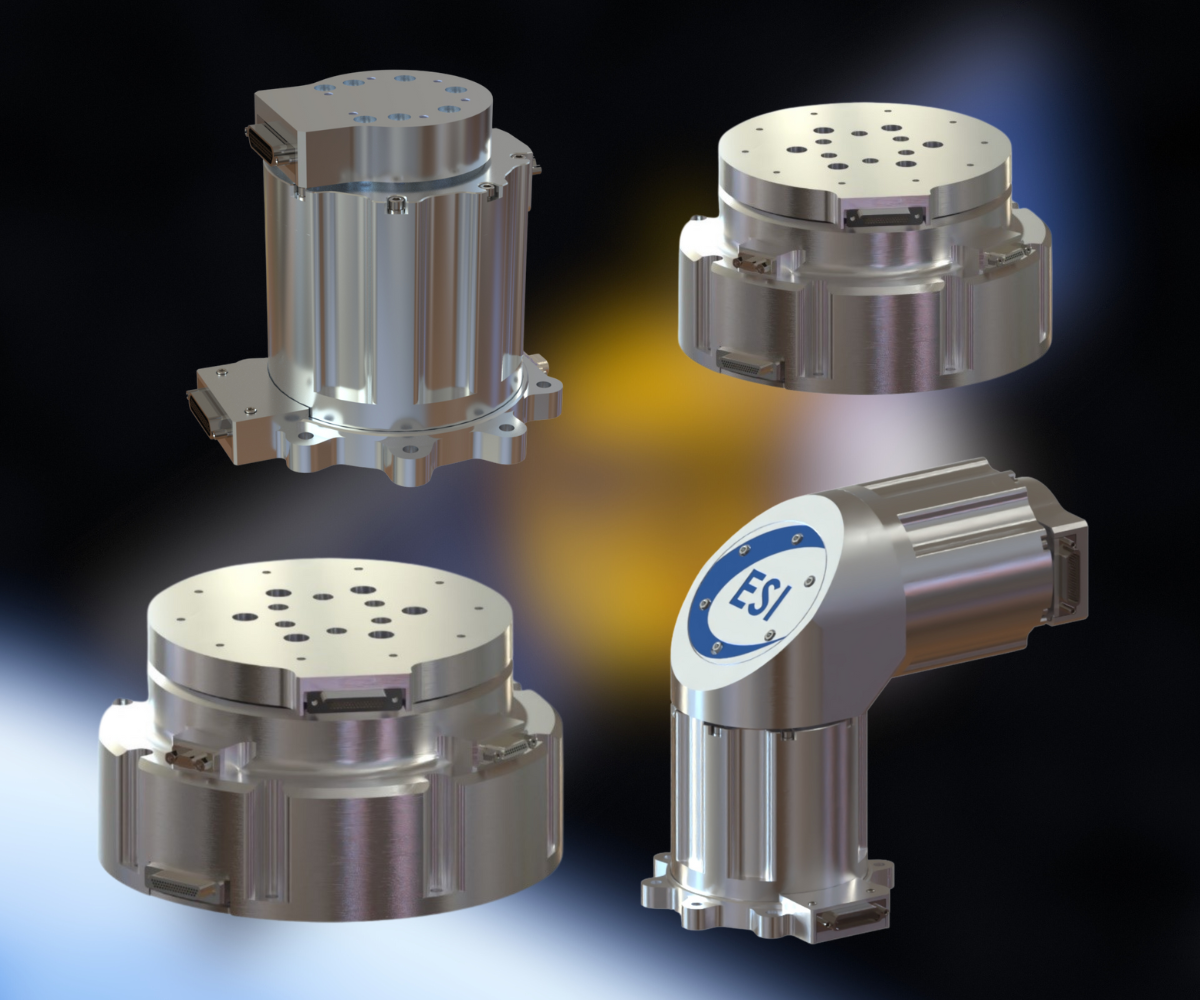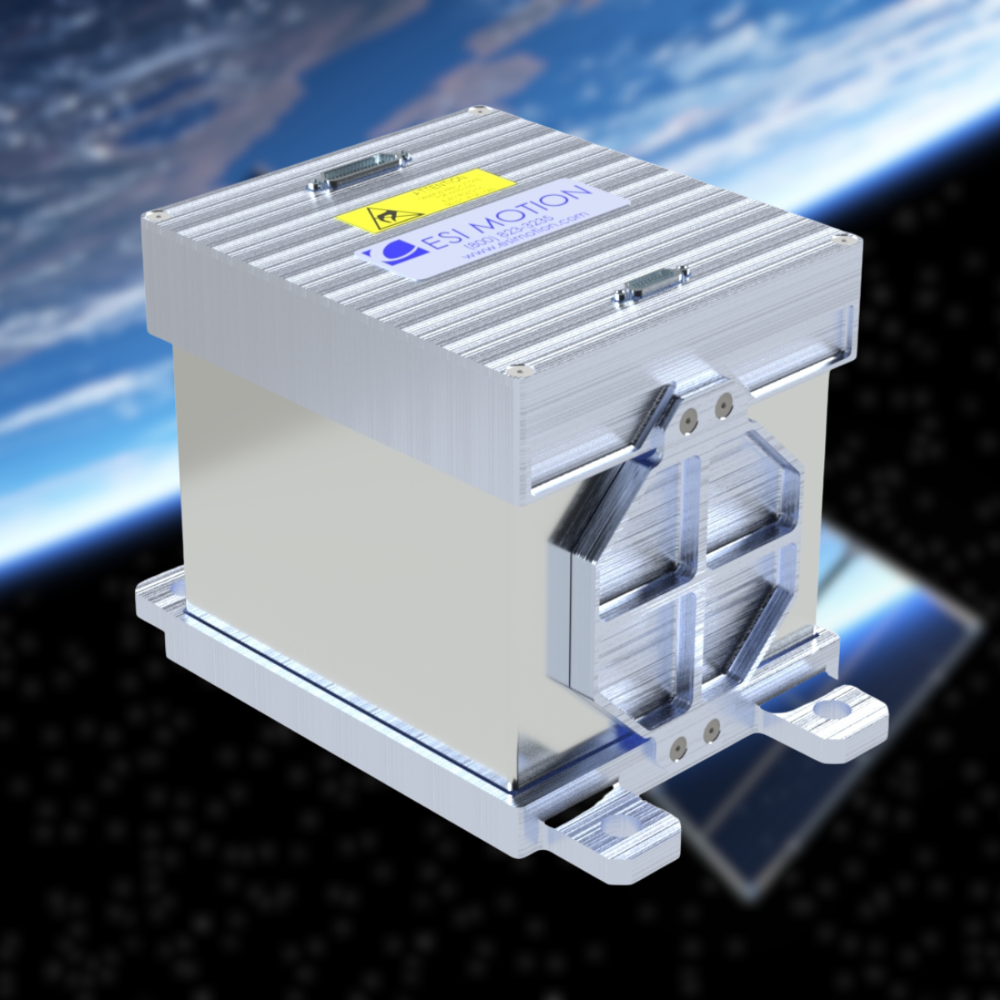When it comes to designing satellites, orbit selection plays a critical role in defining both system requirements and mission outcomes. Low Earth Orbit (LEO) and Geostationary Earth Orbit (GEO) are two of the most commonly used orbital regimes, each with unique engineering demands. LEO satellites operate at altitudes between 160 km and 2,000 km, offering lower launch costs and faster deployment cycles. In contrast, GEO satellites reside at approximately 35,786 km, requiring higher launch energy and precise insertion to remain fixed over a specific point on Earth.
The orbit a satellite occupies directly impacts its power system design, thermal control, and communications infrastructure. LEO satellites must account for rapid orbital movement and frequent eclipses, leading to smaller solar arrays and high battery cycling. Ground systems also need to track these satellites as they pass overhead. On the other hand, GEO satellites benefit from consistent sunlight and uninterrupted ground contact, allowing for larger, stable power platforms and fixed-point communication antennas. However, they contend with higher signal latency due to the greater distance from Earth.
From a design and operations standpoint, LEO missions prioritize agility, modularity, and rapid iteration—making them ideal for Earth observation and next-gen communication constellations. GEO missions, on the other hand, focus on reliability and long-term service, commonly supporting applications like weather monitoring, television broadcasting, and defense. As space technologies continue to evolve, understanding the differing requirements of LEO and GEO satellites is key to selecting the right platform for the mission at hand.
Here is a table with a more in-depth table of the requirements:

Understanding the requirements of mission objectives and perimeters is the most important mission critical information for designing/building/operating any satellite to ensure a successful mission. They must be designed to be survive the entirety of the mission while successfully and precisely performing a repeated task or multiple tasks through the course of the mission. It must also be compact and lightweight constructed of all of space-rated products. Needless to say great, space-proven product that can do both LEO and GEO missions are a key ingredient for a recipe of success.
ESI Motion possesses the know-how, experience, and support to help you achieve your mission goals while ensuring optimal performance and longevity for your control and power equipment. We offer many solutions based on your needs and timeline! To learn more, contact ESI Motion by calling +1.800.823.3235 or email us at sales@esimotion.com.





